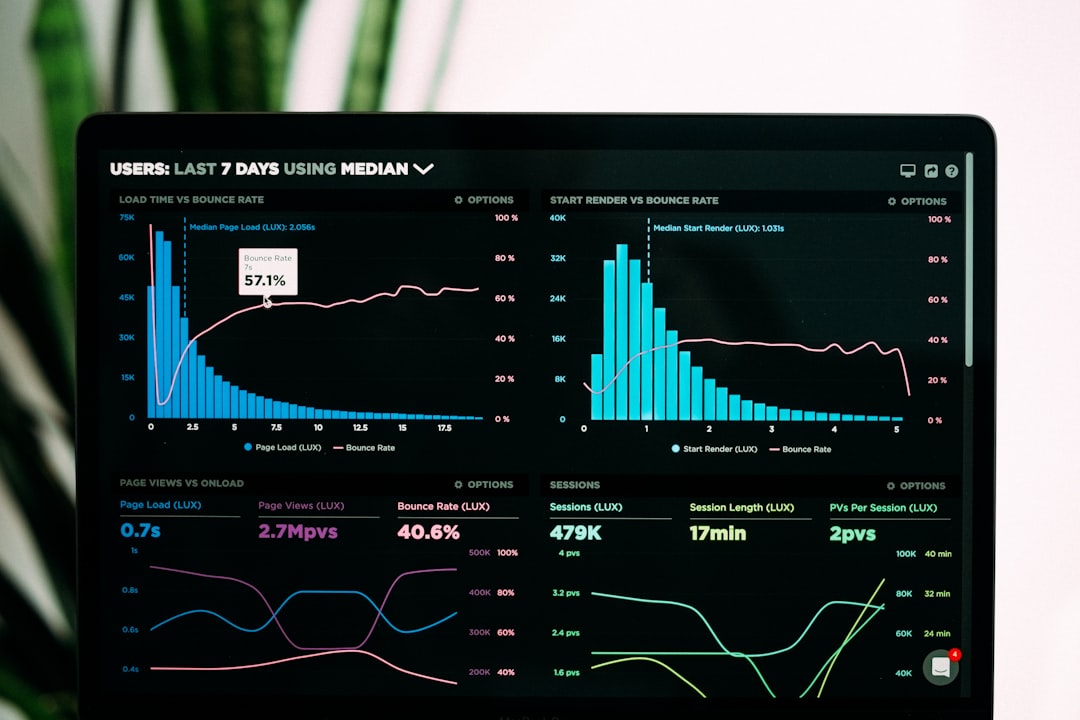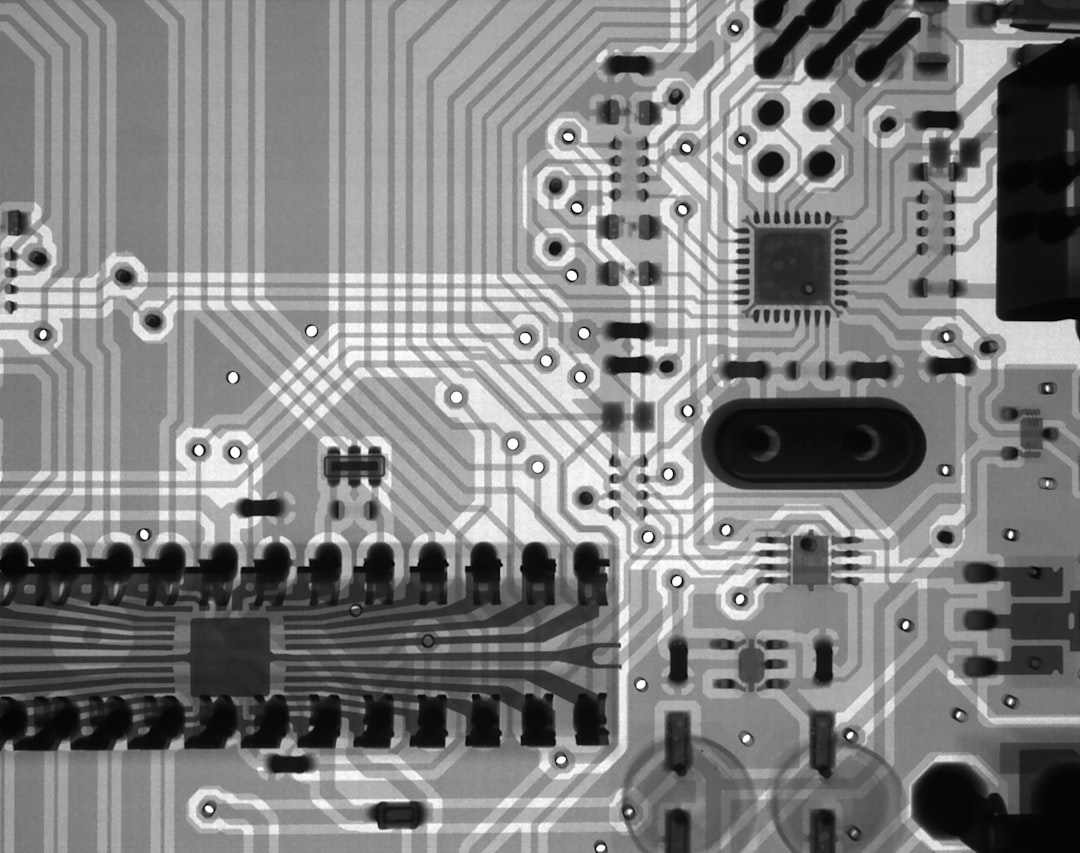Unlock encrypted content
Please enter your SSCE key to initiate on-the-fly decryption.
Decryption key: (Click cancel if you don't have the key)
Copied link to clipboard.
This feature is unavailable for free accounts. Upgrade now and enjoy all Premium benefits.
Go Premium!
This feature is unavailable for free accounts. Upgrade now and enjoy all Premium benefits.
Go Premium!
Please open this page in browser ( Google Chrome or Safari ) to use this feature.
Open In Browser
Wearable Devices: Revolutionizing Data Sharing and Brain-Computer Interfaces
Random related video for this blog.
Copied share link to clipboard.
From fitness trackers to smartwatches, these devices have revolutionized the way we interact with technology. But their impact goes beyond just convenience and fitness tracking. Wearable devices have the potential to securely share client data, enhance brain-computer interfaces, and even explore the realm of genetic modification. Moreover, with the rise of online cloud storage providers like FileLu, file archiving and automation have become seamless. In this article, we will delve into the world of wearable devices, brain-computer interfaces, and the possibilities they hold for data storage, automation, and cognitive computing.
Wearable Devices: The Key to Secure Client Data Sharing
One of the most promising aspects of wearable devices is their ability to securely share client data. With the advancement of wearable technology, healthcare professionals can now access real-time patient data, monitor vital signs, and provide personalized care. For instance, imagine a wearable device that continuously monitors a patient's heart rate, blood pressure, and glucose levels. This data can be securely transmitted to healthcare providers, allowing them to make informed decisions and provide timely interventions. This seamless data sharing not only improves patient outcomes but also enhances the overall efficiency of healthcare systems. But it's not just the healthcare industry that can benefit from wearable devices. Various sectors, such as finance and retail, can leverage these devices to securely share client data. For instance, banks can use wearable devices to authenticate transactions, ensuring secure financial transactions. Similarly, retailers can gather data about customer preferences and offer personalized shopping experiences. By securely sharing client data through wearable devices, businesses can gain valuable insights, improve customer satisfaction, and drive innovation.Brain-Computer Interfaces: Unlocking the Potential of Cognitive Computing
Wearable devices are not limited to just physical health monitoring; they can also enhance brain-computer interfaces (BCIs). BCIs enable direct communication between the human brainand external devices, opening up a whole new world of possibilities. From controlling prosthetic limbs to translating thoughts into actions, BCIs have the potential to revolutionize the lives of individuals with disabilities. Imagine a future where individuals with paralysis can control their environment using just their thoughts. By wearing a BCI device, they can interact with smart home systems, control robotic prosthetics, and even communicate with others. This level of independence and freedom is made possible by the seamless integration of wearable devices and BCIs. Furthermore, BCIs combined with wearable devices can pave the way for cognitive computing. Cognitive computing involves systems that can understand, learn, and interact with humans in a natural and human-like manner. By analyzing brain signals, wearable devices can provide personalized recommendations, assist with decision-making, and even predict user preferences. This level of cognitive computing has the potential to transform various industries, from personalized marketing to virtual assistants.
Secure Data Storage: The Role of Online Cloud Storage Providers
As wearable devices generate vast amounts of data, the need for secure and reliable data storage becomes paramount. Online cloud storage providers like FileLu offer a solution by providing seamless file archiving and automation. These providers ensure that users' data is securely stored and easily accessible from anywhere, anytime. By leveraging cloud storage, wearable devices can offload the burden of storing data locally and enable seamless synchronization across devices. For example, imagine a wearable device that automatically uploads data to the cloud, such as fitness activity logs or sleep patterns. This data can then be accessed by the user or healthcare professionals for analysis and personalized recommendations. With the help of online cloud storage providers, such as FileLu, this process becomes effortless and secure. Moreover, cloud storage providers offer advanced features like encryption and large file transfer capabilities. Encryption ensures that data remains secure and protected from unauthorized access. Large file transfer capabilities enable users to send files of up to 250 GB in size, making it ideal for sharing large datasets or multimedia files. With FileLu's premium plans, users can enjoy a range of storage options at affordable prices, catering to both personal and professional needs.Conclusion
Wearable devices have come a long way from simply tracking our steps and heart rate. They have evolved into powerful tools that can securely share client data, enhance brain-computer interfaces, and leverage online cloud storage providers for seamless file archiving. The possibilities that wearable devices offer are immense, from revolutionizing healthcare to transforming industries through cognitive computing. As technology continues to advance, it is crucial to explore the ethical implications and ensure that these innovations are used responsibly. With the right balance of innovation and ethical considerations, wearable devices have the potential to shape a future where data sharing, brain-computer interfaces, and secure storage are seamlessly integrated.Frequently Asked Questions (FAQs)
Question: How can wearable devices securely share client data? Answer:
Wearable devices can securely share client data by using encryption algorithms and secure data transmission protocols. This ensures that the data remains protected and can only be accessed by authorized individuals or systems.
Question: How do brain-computer interfaces (BCIs) work with wearable devices? Answer:
Brain-computer interfaces work with wearable devices by capturing brain signals through sensors and translating them into commands that can be understood by external devices. This allows individuals to control devices using their thoughts or brain activity.
Question: How does online cloud storage benefit wearable devices? Answer:
Online cloud storage providers offer secure and reliable storage options for wearable devices. They enable seamless data synchronization across devices, offload the burden of local storage, and provide accessibility from anywhere, anytime.
Question: How can FileLu's large file transfer capabilities be useful for wearable devices? Answer:
FileLu's large file transfer capabilities allow wearable devices to easily share large datasets or multimedia files. This is particularly useful in scenarios where wearable devices generate substantial amounts of data, such as fitness activity logs or high-resolution images.
Case Studies 1. Company XYZ, a leading healthcare provider, implemented wearable devices for patient monitoring. By securely sharing client data through these devices, they improved patient outcomes and reduced the need for frequent hospital visits. 2. John, a paraplegic individual, used a wearable BCI device to control his robotic prosthetic limbs. This enabled him to regain mobility and independence, significantly improving his quality of life. 3. Retailer ABC implemented wearable devices to gather customer data and personalize shopping experiences. By securely sharing client data, they increased customer satisfaction and drove sales.
By Amelia Isabella
Email: [email protected]
Related
Streamlined File Sharing Workflows for Autonomous Vehicles Data Storage With...
June 2, 2023
Read More
Advanced File Management Features in a Highly Available Cloud Infrastructure.
June 2, 2023
Read More
The Future of File Management: Immersive Media Storage, Augmented Reality,...
June 2, 2023
Read More
Effortless File Organization and Advanced Encryption Algorithms for Futuristic Societies.
June 2, 2023
Read More
The Future of File Security: Transhumanism, Advanced Weaponry, and Quantum...
June 2, 2023
Read More
Effortless File Organization for Real-Time System Monitoring and Data Security.
June 2, 2023
Read More
Popular
The Future of Technology: Exploring Biohacking, Space Tourism, and Digital...
November 23, 2025
Read More
Exploring the Benefits of Cloud Storage and Innovative Technologies in...
November 26, 2025
Read More
The Future of Digital Transformation: Exploring Smart Homes, Efficient File...
November 30, 2025
Read More
Latest
The Future of Digital Transformation: Exploring Smart Homes, Efficient File...
November 30, 2025
Read More
Exploring the Benefits of Cloud Storage and Innovative Technologies in...
November 26, 2025
Read More
The Future of Technology: Exploring Biohacking, Space Tourism, and Digital...
November 23, 2025
Read More
The Future of File Sharing: Streamlined Workflows for Photographers and...
November 19, 2025
Read More
Exploring the Intersection of Technology: From Cybersecurity to Augmented Reality...
November 16, 2025
Read More
The Future of File Management: Embracing Edge Computing and Efficient...
November 12, 2025
Read More
The Future of File Sharing: Exploring User-Friendly Solutions and Data...
November 5, 2025
Read More
The Future of Cloud Storage: How FileLu Empowers Creative Professionals...
November 2, 2025
Read More
The Future of Autonomous Technologies: Innovations in Robotics, File Sharing,...
October 29, 2025
Read More
Emerging Technologies Revolutionizing File Management: From Li-Fi to Robust Collaboration...
October 26, 2025
Read More
Emerging Technologies: Exploring the Impact of File Access Auditing, Genetic...
October 19, 2025
Read More
The Future of Data Storage: Exploring Advanced Encryption, Mobile Integration,...
October 5, 2025
Read More
Exploring the Future of Data Management: Security, Efficiency, and Cognitive...
September 28, 2025
Read More
Revolutionizing Data Management: Innovations in Storage, Security, and Sustainable Technology.
September 24, 2025
Read More




















